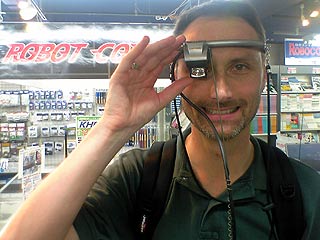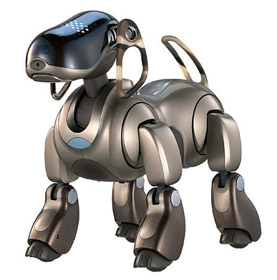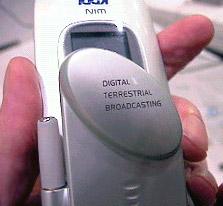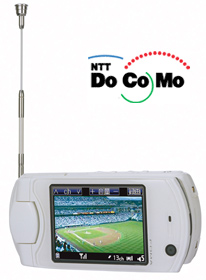Mobile Intelligence Japan – Akihabara Walking Tour
 After months of preparation, our MIJ mission to Tokyo kicked-off Sunday afternoon with a casual walk-about through the famous Akihabara electric town district. Over the coming week of scheduled meetings and events, we plan to post a daily update — right here on WWJ — of the highlights to provide subscribers a current snapshot of Japan’s mobile space. MIJ has an extensive agenda lined up, including company visits and presentations from many of what we believe to be the most interesting local players, a major networking event at Mobile Monday tomorrow night and a whole day out at
After months of preparation, our MIJ mission to Tokyo kicked-off Sunday afternoon with a casual walk-about through the famous Akihabara electric town district. Over the coming week of scheduled meetings and events, we plan to post a daily update — right here on WWJ — of the highlights to provide subscribers a current snapshot of Japan’s mobile space. MIJ has an extensive agenda lined up, including company visits and presentations from many of what we believe to be the most interesting local players, a major networking event at Mobile Monday tomorrow night and a whole day out at Tech Disneyland — the CEATEC trade show.
You’ve got to experience it to believe it!
While most of these discussions will be held ‘off-the-record’ to gather info just for MIJ participants, we are looking forward to gaining an even deeper insight of where the industry is today and how things are shaping up for 2006 and to sharing what we can.


 Sony’s robotic pup Aibo gives new meaning to the term newshound. In its latest evolution Aibo ERS-7M3/T has the ability for short-term memory mapping and news reads through a version of web syndication– RSS (Really Simple Syndication) feeds. “With one simple voice command Aibo can read the morning’s headline news while its owner folds the laundry,” said Toshi Kawai, senior manager of Entertainment Robot America (ERA), a division of Sony Electronics in a prepared statement. The AIBO Net News reader capability enables the robot to read its owner news or weather from a choice of RSS feeds available on many websites.
Sony’s robotic pup Aibo gives new meaning to the term newshound. In its latest evolution Aibo ERS-7M3/T has the ability for short-term memory mapping and news reads through a version of web syndication– RSS (Really Simple Syndication) feeds. “With one simple voice command Aibo can read the morning’s headline news while its owner folds the laundry,” said Toshi Kawai, senior manager of Entertainment Robot America (ERA), a division of Sony Electronics in a prepared statement. The AIBO Net News reader capability enables the robot to read its owner news or weather from a choice of RSS feeds available on many websites. We have signal. Mobile digital terrestrial TV broadcasting hits the wireless airwaves in Japan April 1st, 2006. Japanese telecom carriers and commercial broadcasters will be ready to start simulcasts of hybrid terrestrial digital programming and data feeds to cellular phones in just a few months. “Our handsets will be ready to comply with that date and we are targeting March/April 2006 release of mobile digital terrestrial TV phones,” NTT DoCoMo spokesperson Tomoko Tsuda told WWJ.
We have signal. Mobile digital terrestrial TV broadcasting hits the wireless airwaves in Japan April 1st, 2006. Japanese telecom carriers and commercial broadcasters will be ready to start simulcasts of hybrid terrestrial digital programming and data feeds to cellular phones in just a few months. “Our handsets will be ready to comply with that date and we are targeting March/April 2006 release of mobile digital terrestrial TV phones,” NTT DoCoMo spokesperson Tomoko Tsuda told WWJ. DoCoMo has developed their first mobile handset to receive terrestrial digital broadcasting and analog TV in one 3G Foma package. The P901iTV handset, by Panasonic, targets the start of mobile digital broadcasting in April, 2006 and will make its public debut at the upcoming CEATEC Japan 2005 trade show October 4 to 8 at Makuhari Messe convention center in Chiba. (WWJ will be on-hand to get photos and video!)
DoCoMo has developed their first mobile handset to receive terrestrial digital broadcasting and analog TV in one 3G Foma package. The P901iTV handset, by Panasonic, targets the start of mobile digital broadcasting in April, 2006 and will make its public debut at the upcoming CEATEC Japan 2005 trade show October 4 to 8 at Makuhari Messe convention center in Chiba. (WWJ will be on-hand to get photos and video!)